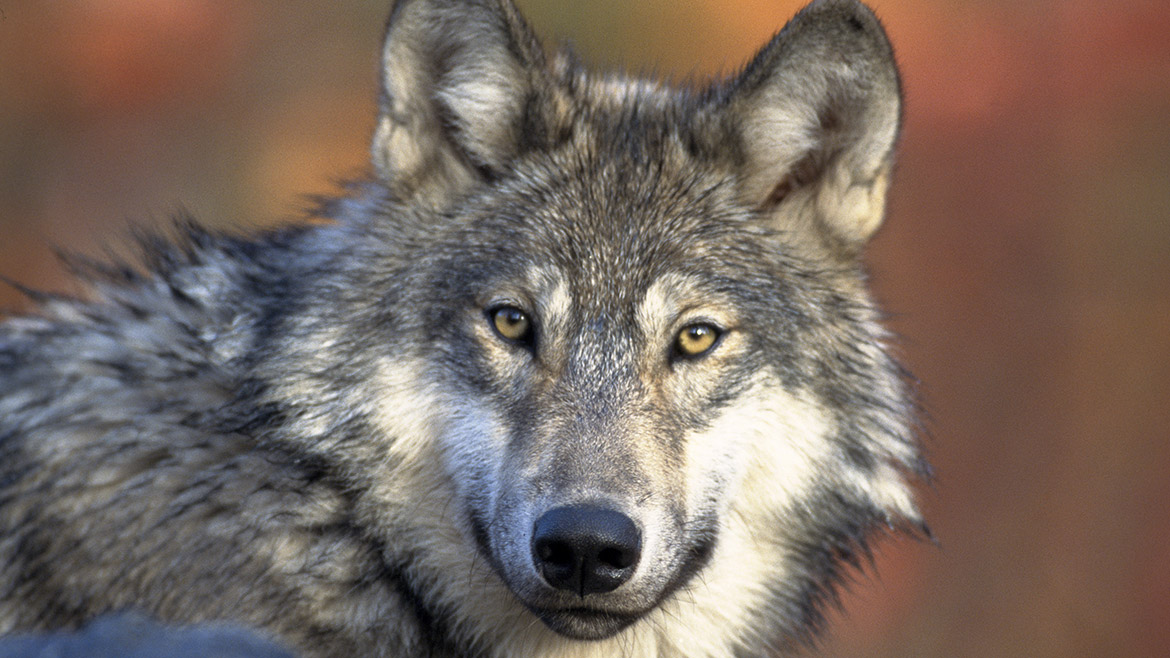
These are the French animals you should really worry about killing you
Britain’s wildlife is definitely not scary. The symbol of England may be a lion but its most aggressive native creature is probably the seagull. Not so in France where various nightmare-inducing predators roam free. Possibly in your garden right now. So which of these creatures should we add to our list of things to worry about? Let’s investigate.
Lynx
Where be these monsters?
Though a native species of France, the Eurasian lynx was hunted to extinction in the early 20th century. (Humans are such dicks.) However, after their reintroduction in Switzerland in the 1970s, lynx – being no respecters of international borders – made their way into France and have been living here ever since. An estimated 150 lynx can be found Jura, Vosges and the northern Alps.
OMG could it kill me?
In theory, yes. It weighs around 20-25 kg and has large teeth and claws, so could take down a human and cause serious damage, particularly if it cut a major artery.
So should I worry? I should worry, right?
No, absolutely not. There have been no incidents of lynx attacking humans. They are solitary creature who go out of their way to avoid us. They don’t like you but show it by avoiding the hell out of you, not getting physical. Think bitchy high school girls, rather than aggressive jocks.
Wolves
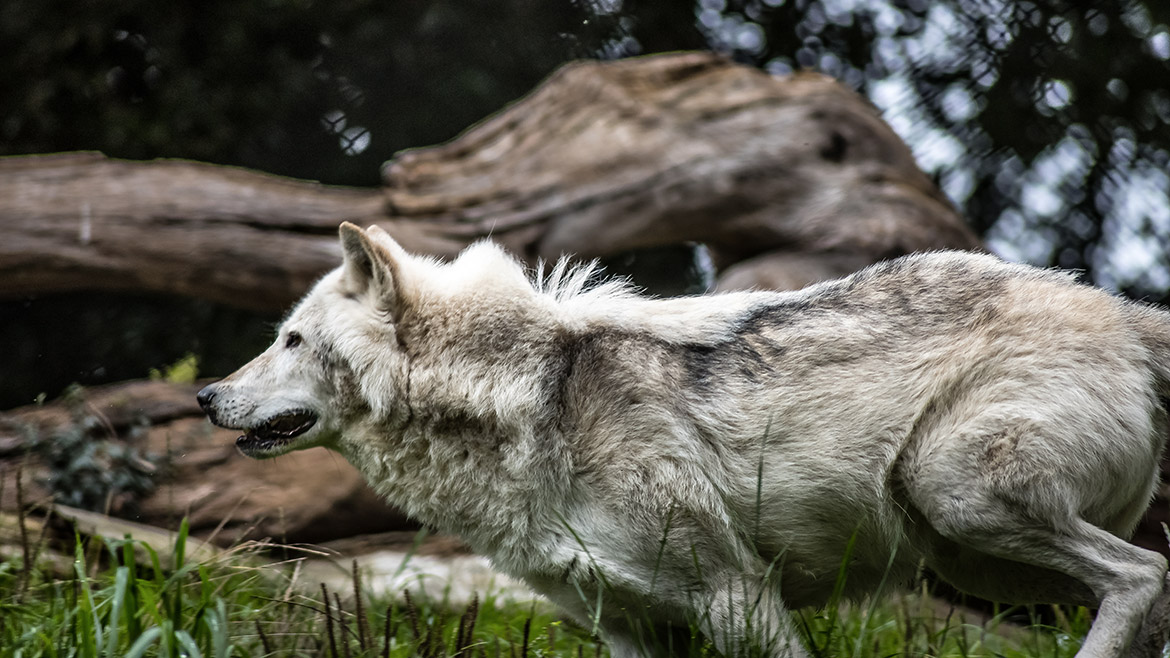
Where be these monsters?
The wolf was hunted to extinction in the 1930s but made its return in 1992, via Italy this time. Now l’Hexagone has a wolf population of around 150 – 200 in Jura, the Alpes and the Pyrenées.
OMG could it kill me?
Definitely, especially if you’re a child or a woman because, like far-right politicians, wolves attack for the weakest members of society. (90% of people killed by wolves are under 18, and suddenly all those fairy stories suddenly make sense.) Male wolves weigh around 30-40 kg, whereas females, when pressed, admitted to weighing as much as 35 kg, especially around Christmas.
So should I worry? I should worry, right?
There have been 7,600 humans killed by wolves in France. Let that figure sink in … before I add that this was between 1362–1918. Since then squat diddly because, you know, we killed all of them.
Let’s be clear: wolves can be dangerous but wolf attacks on humans are rare or non-existent in Europe, even in places where the wolf population has remained constant. Wolves avoid contact with humans, knowing that humans react by hunting the shit out of them. Cases where humans have been attacked usually occur as a result of a wolf being rabid, or of humans provoking/getting too close to the animals, particularly females with cubs. From the 1950s to 2002, there were 9 fatalities from wolf attacks in Europe, 3 in North America and 200 in Asia.
Getting back to the question of whether you should worry, then the answer is a definite no – not if you’re in Europe and happen not to be a sheep.
Brown bears
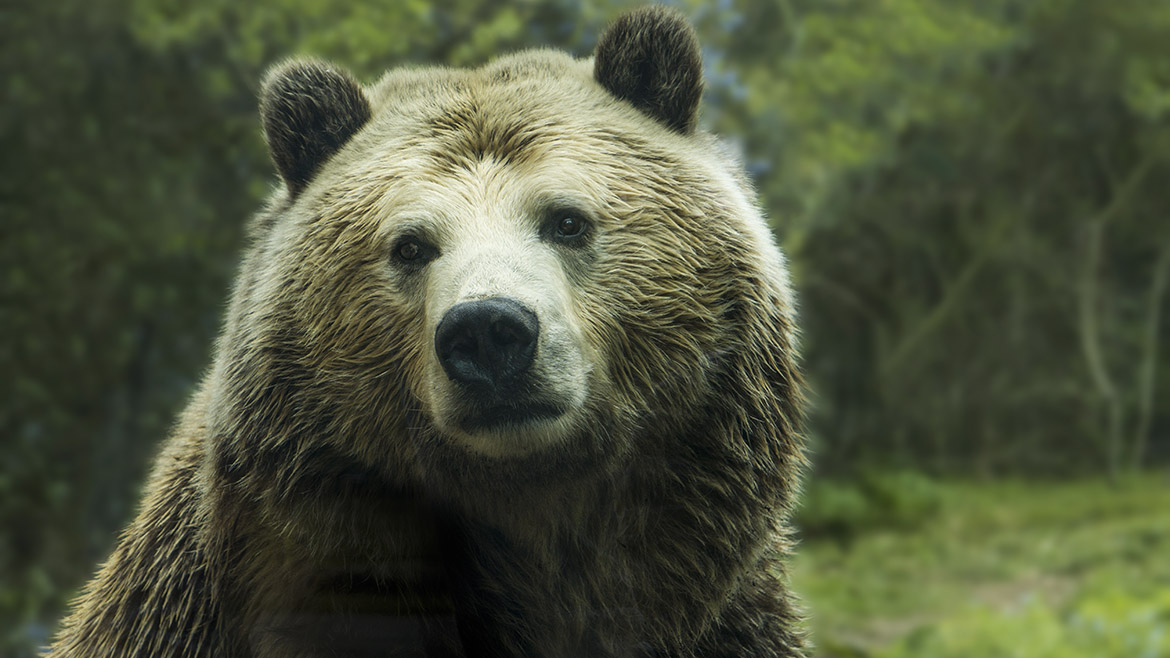
Where be these monsters?
There are thought to be about 20 bears in the Pyrenées on the border between France and Spain. They were introduced to France from Slovenia after – guess what? – the bears native to France were hunted to extinction!
OMG could it kill me?
HELL, YES. Have you seen the size of these things? Lady bears are a trim 200 kg whereas gentleman bears average around 275 kg. If that isn’t intimidating enough, their claws can grow up to 10 cm. Brown bears bite with the same power as tigers.
So should I worry? I should worry, right?
Nope. First of all there are only 20 bears in France, so good luck even finding a bear to be killed by. Secondly, like the previous two predators, bears go out of their way to avoid human contact. When brown bears attack, it’s often because they have been surprised by hikers/hunters. Females with young are particularly aggressive, and I can related to that; anytime strangers decide to pat my children on the head I work hard to suppress the instinct to rip their throats out.
Sharks
Where be these monsters?
47 different species of shark live in the Mediterranean, including the great white. Yeah, you read that right: the great muthafudgin’ white. While most can be found in the warmer waters of Italy and Greece, increasingly great whites are being spotted in the waters near France. This video of an encounter with one such beast was taken in Saint Tropez.
OMG could it kill me?
Yes. With great whites, it’s the ladies who are bigger. Females are about 4.5 metres and males are about a metre shorter. Their jaws are incredibly powerful and they would have no difficulty snapping off something important, like your head.
So should I worry? I should worry, right?
Definitely not. The species of sharks found in the Mediterranean are not the aggressive kind, except the great white which is still relatively rare. The last fatality from a shark attack in Europe was in 1989, in Italy. There have been five unprovoked attacks by sharks in France in the past 160 years. It really is safe to get into the water.
Wild boars
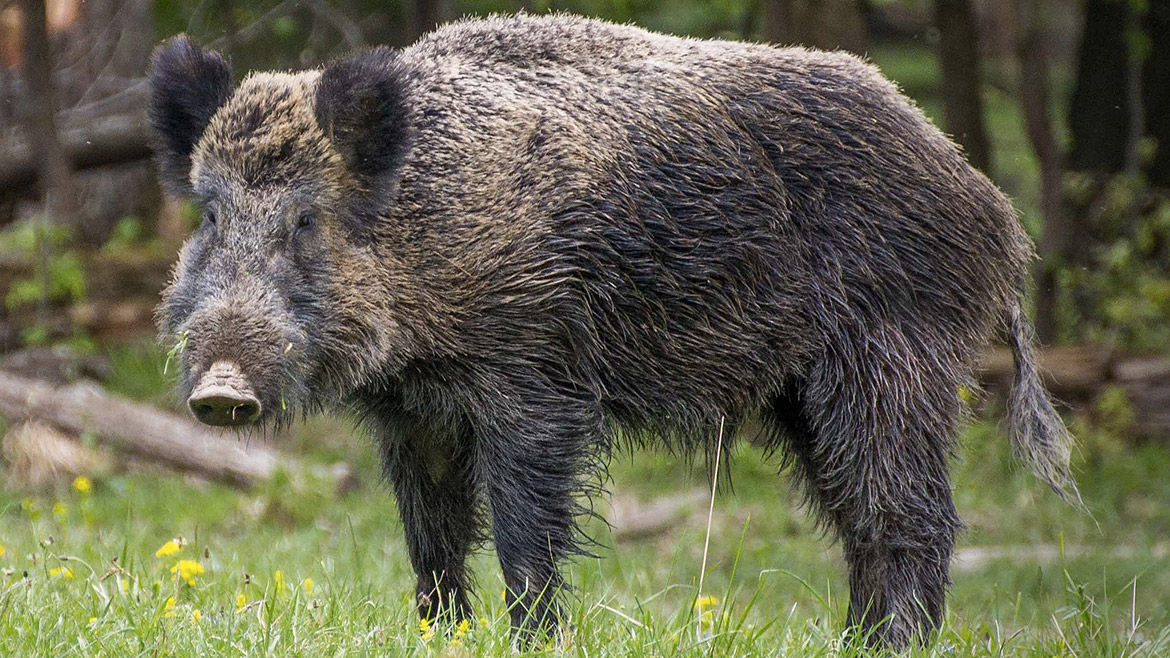
Where be these monsters?
Everywhere in France basically.
OMG could it kill me?
Yes. How boars operate is this: they charge at their human victim, goring them in the thigh area, attacking repeatedly until the human is incapacitated on the ground.
So should I worry? I should worry, right?
Aggression in wild boars is often overstated. Incidents are very infrequent and when they do happen, they’re very unlikely to lead to death. Females are – once again – more likely to attack when they are protecting their wee ones. Surprisingly, the way you’re most likely to be harmed by a wild boar is by hitting one while driving. There are around 60,000 car accidents a year in France involving boar and deer.
European asps
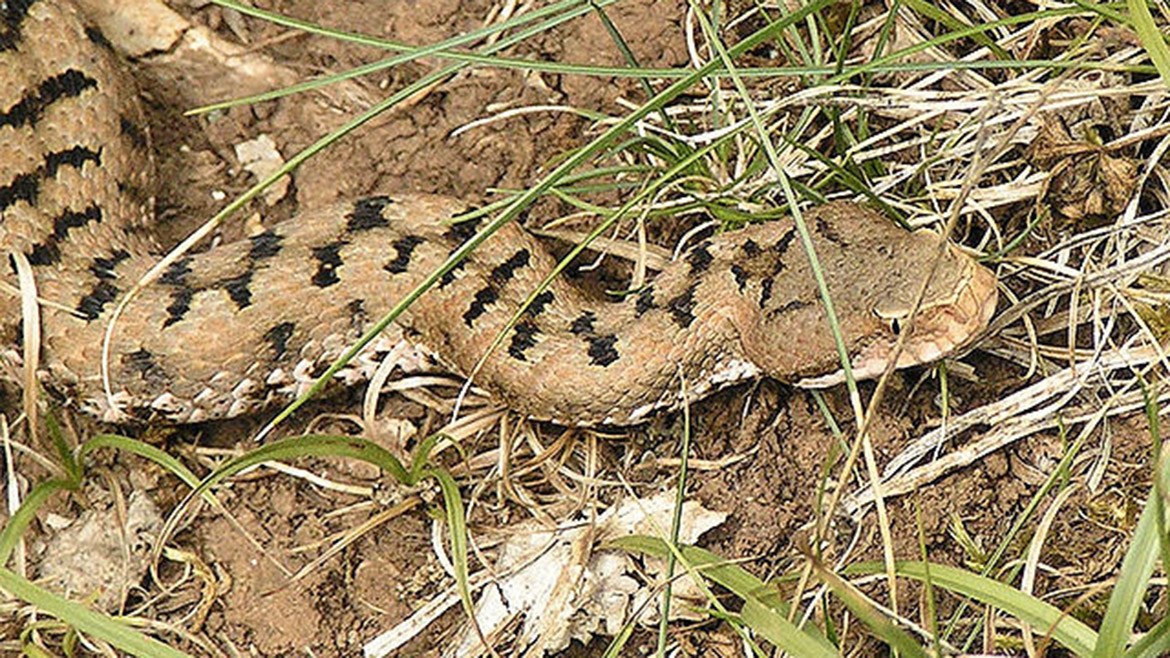
Where be these monsters?
These snakes can be found in many parts of France; they particularly likes to live in sunny hilly places, like the Pyrenées and Alpes-Maritime regions.
OMG could it kill me?
Yes. Its bite is very painful and is fatal in around 4% of cases. It’s the most dangerous European snake.
So should I worry? I should worry, right?
More than you should worry about bear attacks, sure, but still not so much. There are on average 4 deaths from snake bite a year in the whole of Europe. Compare that with, again, India where there are an astonishing 44,000 deaths.
Dogs

This dog would like you to know that he is a good boy.
Where be these monsters?
There are 7 million dogs in France. Throw a sausage out the window and you’ll probably see several.
OMG could it kill me?
Well, yes, actually. There are in the region of half a million people bitten by dogs per year* – 60,000 of which require hospitalisation. Most of these victims are children and most (78%) are bitten by dogs they know. And it’s not the breeds of dogs you’re thinking of: in second place, biting the most people is the labrador, responsible for 9% of attacks. First place is the German shepherd (10%), while rottweilers and pit bulls are only are way down the list, responsible for 3 and 2% of attacks respectively. And the reason, fluffy lumps of goodness like labs bite so much? Well, they don’t, not really, it’s just that labs and German shepherd are the most popular dog breeds in France and the statistics are swayed accordingly. In this particular inquiry, no breed was found to be more aggressive than another.
So should I worry? I should worry, right?
Put it this way: you’re far more likely to be attacked by a dog than a wolf.
Cows
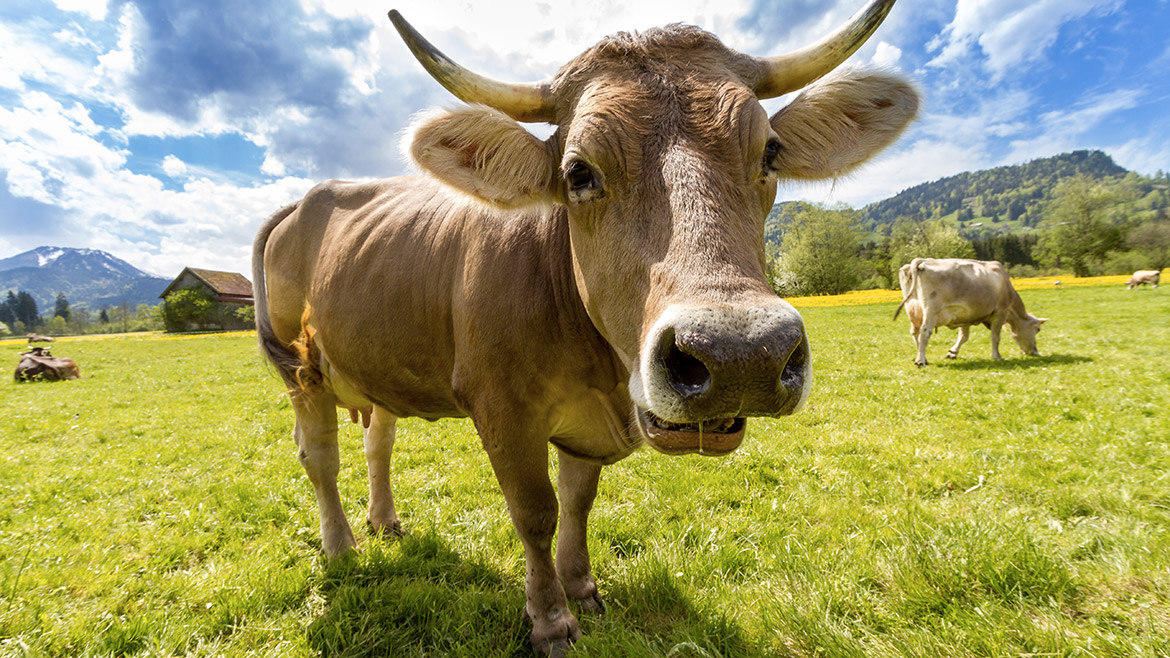
Where be these monsters?
Follow your nose!
OMG could it kill me?
Totally. Cows are large, heavy creature which, though largely docile, can trample humans to death, particularly when in a herd. Victims are often hikers or dog walkers. A typical scenario is that a dog runs off into a cow field, startles and upsets the cows, the owner tries to rescue the dog and then is him/herself attacked. Cows are particularly dangerous when (no prizes here) in calving season. Figures aren’t available for France but cows kill around 20 people a year in the USA; compare that to one person per bear and one per shark.
So should I worry? I should worry, right?
Yes, you should. Or at least be prepared when walking in the countryside, particularly with dogs. Stay out of fields with cows and if your dog strays into cow territory, leave it; dogs are far more likely to escape than you are.
So there we are? Are you surprised? Have you ever seen a wolf/lynx/bear in the wild? Do you think they should be reintroduced in Britain (I do! Scottish wolves!!!!) Let us know in the comments. And please share if you’ve enjoyed this post 🙂
Some of the sites used for information in this post
Wikipedia, obv.
FERUS: Association for the protection of bears, wolves and lynx in France
International Shark Attack File
Epidemiology of snakebites in Europe
Inquiry into dog bites and their impact on the emergency services

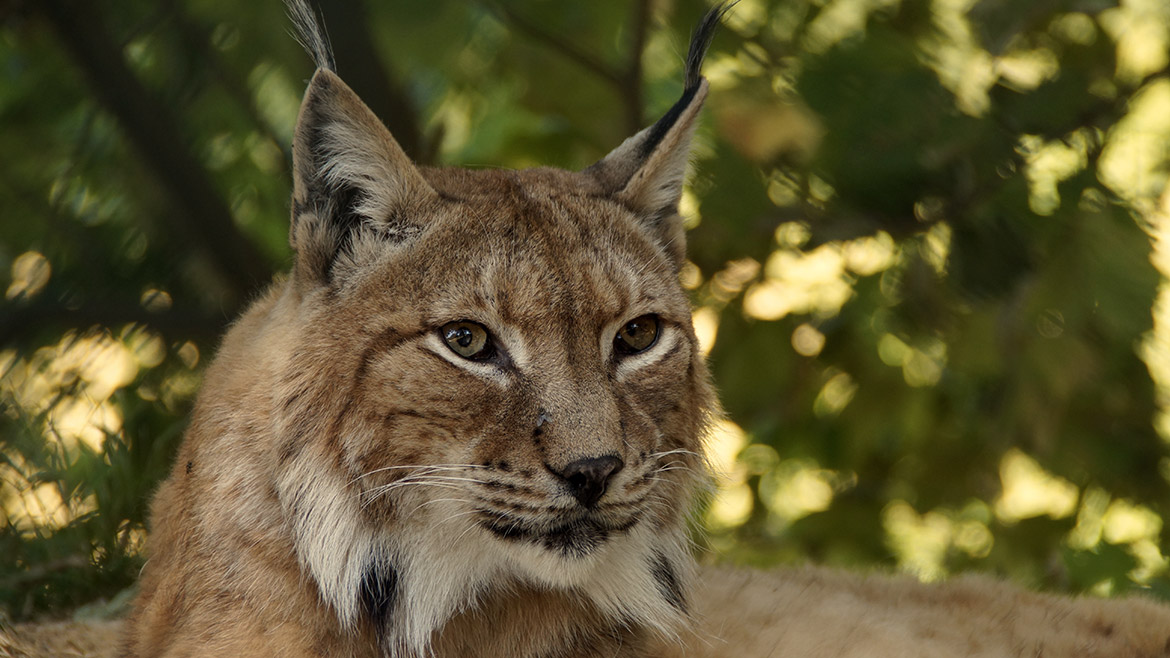





Dee Rogan
Last summer we took 7 of our grandchildren the youngest only being 3 years of age, to our family home in deux sevre, we decided to go for an early evening walk, all of a sudden my husband said everyone stay quiet and dont move I heard this thud thud sounded like a horse galloping past all of a sudden a rather large wild boar ran in front across our path! It was amazing the kids where so good calm and they talked about it for the rest of the summer